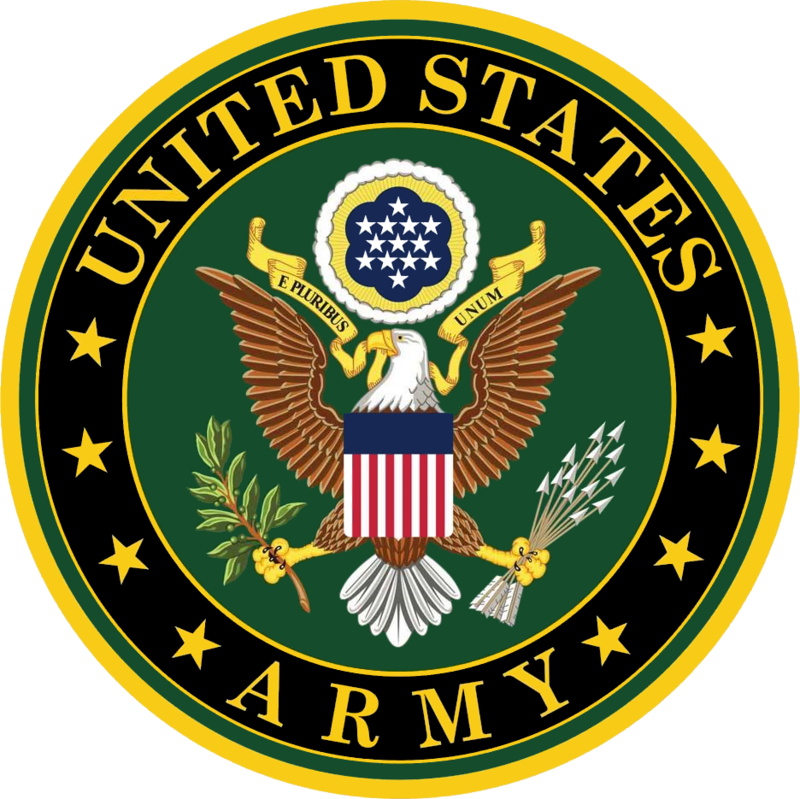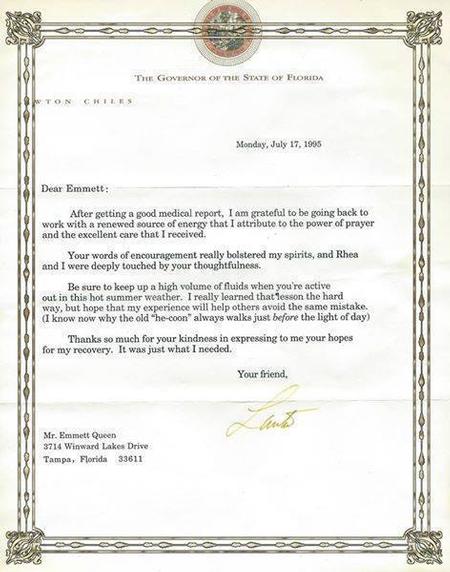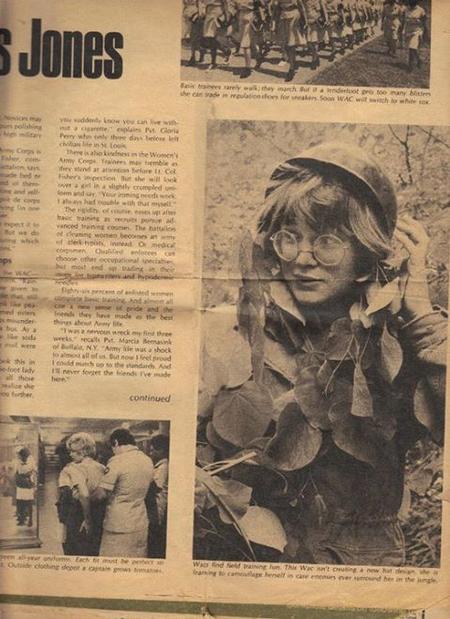ABOUT Letterman Army Hospital
- Origins and Namesake: Letterman Army Hospital was named in honor of Major Jonathan Letterman, who revolutionized battlefield medicine during the American Civil War and is known as the "Father of Battlefield Medicine."
- Early History: The original hospital was established in 1898 at the Presidio of San Francisco to care for soldiers returning from the Spanish-American War.
- World War II Role: During World War II, Letterman became one of the largest and busiest military hospitals in the United States, treating over 73,000 wounded soldiers from the Pacific Theater.
- Vietnam War Support: In the 1960s and 1970s, Letterman played a crucial role in treating casualties from the Vietnam War, with many wounded soldiers flown directly from Southeast Asia for treatment.
- Medical Innovations: The hospital was known for pioneering new treatment methods, including advances in reconstructive surgery, burn treatment, and rehabilitation for amputees.
- Research Contributions: Letterman Army Hospital contributed significantly to medical research, especially in trauma care and the management of infectious diseases affecting military personnel.
- Celebrity Patients: The hospital treated several notable figures, including General John J. Pershing and, more recently, military members who later became public figures.
- Closure and Legacy: Letterman Army Hospital officially closed in 1994 as part of military base realignments, ending nearly a century of service to military personnel.
- Transformation of the Site: The former hospital campus has since been redeveloped into the Letterman Digital Arts Center, now home to Lucasfilm and other technology companies, preserving some historic buildings.
- Memorialization: The legacy of Letterman Army Hospital is commemorated with plaques and historical markers at the Presidio, honoring its role in military and medical history.



